Master Data Science Course








Master Data Science Certification Course
What will I learn?
- Basics of statistics, probability, and linear algebra necessary for understanding data analysis and machine learning algorithms.
- Proficiency in languages such as Python, including libraries like NumPy, Pandas, and scikit-learn for data manipulation, analysis, and modeling.
- Build and evaluate machine learning models for classification, regression, clustering, and recommendation.
- Techniques for handling raw data, including cleaning, transforming, and preparing it for analysis and modeling.
- Methods and tools for exploring data sets visually and statistically to uncover patterns, anomalies, and relationships.
- Understanding and implementation of supervised (e.g., regression, classification) and unsupervised (e.g., clustering, dimensionality reduction) learning algorithms.
- Deep learning for tasks like image recognition and natural language processing (NLP) using frameworks like TensorFlow or PyTorch.
- Creation of informative and insightful visualizations using tools such as Matplotlib, Seaborn, and Plotly to communicate findings effectively.
- Familiarity with handling large-scale data using platforms like Hadoop and Spark, and knowledge of cloud computing environments (e.g., AWS, Azure).
- Understanding of database systems (SQL, NoSQL) for storing and retrieving data efficiently.
- Techniques for deploying machine learning models into production environments and monitoring their performance over time.
- Hands-on experience working on real-world data science projects, applying learned concepts to solve business problems and gain practical experience.
Requirements
- Basic programming knowledge (Python preferred)
- Familiarity with basic statistics and linear algebra
Full Stack Data Science Course Content
- Understand Python’s foundational structure
- Reserved words & naming rules
- Writing clean, indented code with comments
- Working with variables & Python’s core data types
- Taking input & displaying output
Perform calculations using Python operators
Make decisions using
if,elif,elseUse loops:
whileandforControl loops with
break&continueMaster key flow patterns in code
- Manipulate text with string methods
- Use lists, slicing & comprehensions
- Handle sets & tuples efficiently
- Work with dictionaries & create them dynamically
Use built-in utilities
Build custom functions
Understand recursion and apply it
Write anonymous logic using lambdas
- Handle unexpected errors
- Create and manage your own exceptions
- Log program behavior
- Debug with practical tools
- Create classes and objects
- Use constructors for initialization
- Implement inheritance
- Apply abstraction, polymorphism, and encapsulationa
- Open, read, and write text files
- Append new data to existing files
- Learn the NumPy array structure
- Create and manipulate arrays
- Slice, index, and iterate through data
- Perform operations and use array functions
Build and explore series
Filter, sort, and rank data
Handle missing values & combine series
Work with dataframes
Load data from files
Clean, reshape, and merge data
Group, pivot, and aggregate data
Remove duplicates, drop columns, fill or replace values
Visualize data using:
Matplotlib: Line, bar, histogram, subplots, pie, box
Seaborn: Heatmaps, pairplots, violin, swarm, etc.
Plotly: 3D plots, bubble charts, boxplots
- Group and summarize data
- Gain insights through plots and comparisons
Use nested queries & subqueries
Create functions & stored procedures
Implement window functions
Work with CTEs & normalize data
Descriptive Stats: Mean, median, mode, range, quartiles
Inferential Stats: Z/T-tests, chi-square, ANOVA
Probability: Basics, conditional probability, events
Distributions: Gaussian, binomial, Bernoulli
- Understand neuron models & activation functions
- Build and train MLPs
- Optimize using SGD, Adam, RMSProp
- Use batch normalization for stabilit
- Use Keras for quick model building
- Explore TensorFlow 2.0 features like eager execution
- Compare TF1.x vs TF2.x
- Learn sequence modeling with RNNs, LSTMs, GRUs
- Use Transformers, BERT, and attention mechanisms
- Implement sentiment analysis & NER
- Understand filters, pooling, padding
- Use CNNs for image tasks
- Apply image augmentation
- Explore architectures like LeNet, ResNet, Inception
- Process images: flip, rotate, resize
- Apply filters, detect edges
- Perform object detection & stream processing
- Write effective prompts for LLMs
- Use strategies: zero-shot, few-shot, CoT
- Design prompts for classification, summarization, generation
- Understand generative vs discriminative models
- Work with GPT, BERT, T5
- Fine-tune models with Hugging Face
- Apply GenAI in text, speech, and image tasks
- Explore transformer architecture
- Use pretrained models with Hugging Face
- Perform translation, summarization, classification
- Work with OpenAI API
- Use GPT, DALL-E, Whisper
- Handle tokens, rate limits
- Fine-tune and deploy real-world applications
- Store vectors using SQLite, ChromaDB, Pinecone, Weaviate
- Build semantic search and chat apps with Langchain
- Use LlamaIndex, LangChain for advanced LLM workflows
- Explore tools like Chainlit, LIDA, Jasper for productivity
- Intro: Objective and context
- Data Prep: Collection, cleaning, features
- EDA: Summary stats, key visuals
- Modeling: Algorithms, training, tuning
- Evaluation: Metrics and benchmarking
- Deployment: Real-world integration
- Conclusion: Impact, lessons, future work
- Presentation: Clear documentation and visuals
- References: Credit sources and contributors
Get in touch
400+ Global Employment Partners


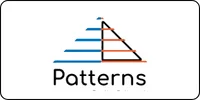





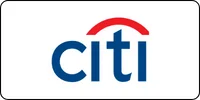

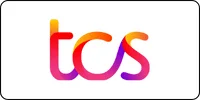


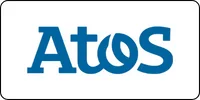


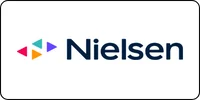


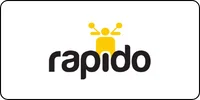



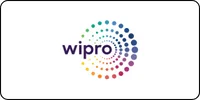
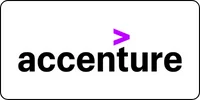

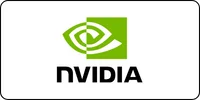




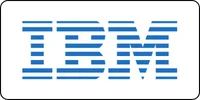
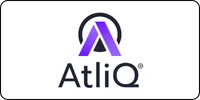
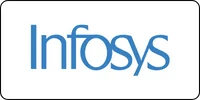


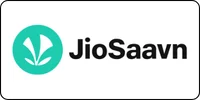


Why Choose Full Stack Data Science Certification Course from Bright Computer Education?

Designed Curriculum
Our curriculum covers everything from basic to advanced topics. Topics include variables, data types, control structures, functions, OOP, STL, and more.

Hands-on Learning
Dive into practical exercises and coding projects that reinforce learning and help you build real-world applications.

Experienced Instructors
Learn from industry experts with years of experience in C programming and software development.
Flexible Learning
Choose from flexible scheduling options, including self-paced learning or live virtual classes to fit your busy lifestyle.
Career Development
Gain valuable skills sought after by employers in various industries, from software development to embedded systems and beyond.
Interactive Learning
Engage with fellow learners and instructors through live Q&A sessions, discussion forums, and collaborative coding exercises.
Diverse Career Opportunities in Full Stack Data Science Course: Exploring Paths in India's Technology Sector
Frequently Asked Questions
Recently View Courses
Course Details Curriculum Placement FAQ’s Deep Learning Certification Course The Deep Learning Certification Course...
Read MoreCourse Details Curriculum Placement FAQ’s Data Structures & Algorithms Certification Course Master the foundation...
Read MoreCourse Details Curriculum Placement FAQ’s Generative AI certification course Step into the rapidly evolving...
Read More
